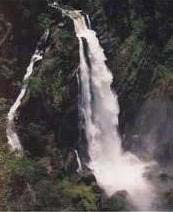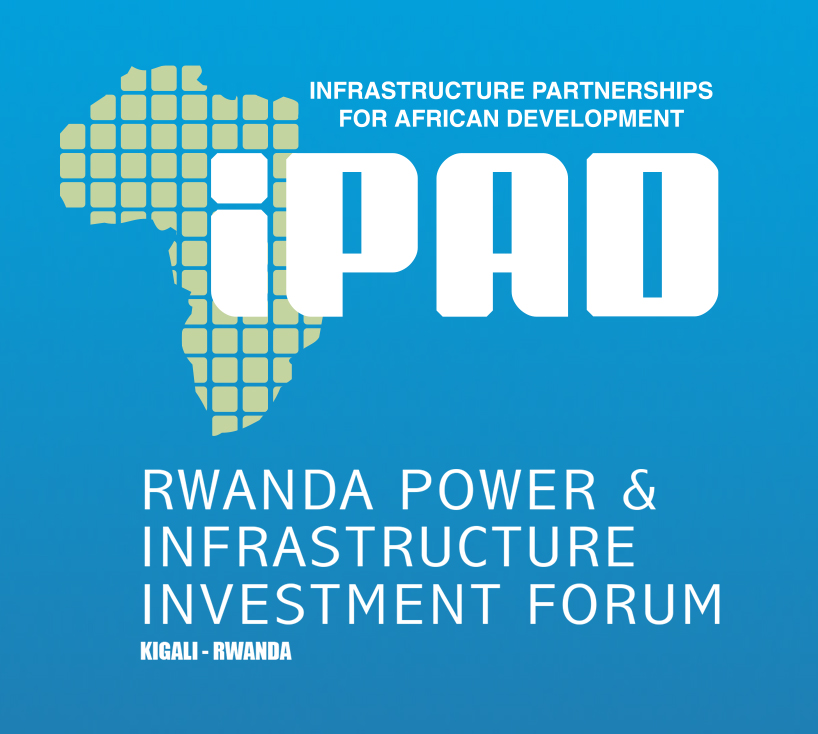'What’s exciting in the tunneling and underground space is the unparalleled benefits provided by the tunneling industry'

Exclusive interview with Leonard Kassana, GE Hydro Consulting Engineers & Planners Ltd, Dar es Salaam who discusses the Lower Kihansi Hydropower Plant in Tanzania at Hydropower Africa. Here is a sneak preview...
- Can you give us some background on the project?

TANESCO's Lower Kihansi hydro power plant located on the Kihansi River Falls, a tributary of the Kilombero River in Tanzania was commissioned formally in July 2000 but has been operational since 1999.
The hydro power plant, located in the Ududzungwa escarpment, utilizes a net head of 850m to generate 180MW with a provision for additional 120 MW in the future making a total future installed capacity of 300 MW.
The existing system at Kihansi includes a 25m high concrete gravity dam, which impounds a small reservoir with total water storage of 1.6 Million m3 with a live storage of 1.0 Million m3. The intake connects to the 2.2km inclined 1:7 headrace tunnel of 34-37.5m2 via a 25sq.m circular unlined 500m vertical headrace shaft. The power house cavern (12.6m wide, 98m long and 32m high) has 3 units driven by Pelton turbines each with a generation capacity of 60 MW connects to the 2km tailrace tunnel and 1.9km access tunnel. Total tunnels length is in the order of 10km including auxiliary tunnels.
- What is the Lower Kihansi HEP’s contribution to the Tanzania Electric Power System?
Kihansi Power Plant is a run-off-the-river type and currently produces about 32% of Tanzania's hydropower which is about 20% of the total national power generation. Its renewable energy is supplied to the National grid thru 220 kV transmission lines vide Iringa and Kidatu substations. Lower Kihansi generates annual firm energy of 1000 GWh to the National Grid.
- What have been the challenges and lessons during the Kihansi construction?
Geologically, Lower Kihansi power plant is located in a “hard rock province” i.e rock formation is constituted of Precambrian GNEISSES. During construction, some of the difficulties and
challenges constituted of Water under pressure, Unconsolidated clayey or sandy zones, Rock stress, high, low and Crushed or blocky rock mass, etc.
However, the real challenge was how to resolve a claim put forward by the contractor which amounted to USD 5.15 Million. The contract filed a claim related to rock conditions during the tunnel excavations claiming that the rock conditions varied much more than what was anticipated in the tender document and hence adversely affected his construction costs. The contractor said that this divergence caused serious problems in underground excavation activities such as drilling, charging and blasting. The contractor claimed that the conditions found during the construction increased construction cost by USD 3.55 Million and extended time by 378 days equivalent to cost of 1.6 Million totaling to USD 5.15 Million. The project engineer undertook the assignment to evaluate the claim by considering the following key questions: Were the rock conditions encountered different from what could be expected? Could the stated conditions be responsible for the serious problems in the underground excavation activities? Were there other conditions that could explain the delays in the underground excavations?
The project engineers team compared the Q values (rock mass quality values) predicted in the tender documents and the Q values obtained by geological logging of the tunnels and largely established that a higher proportion of good rock and lower proportion of poor rock were encountered than was predicted in the tender documents. Thus based on this analysis, the contractors’’ claim was rejected hence saving USD 5.15 Million in potential settlement payments.
The experience at Lower Kihansi shows the importance of several aspects in developing construction contracts, including the need for a clear expectation model (ground conditions in the tender document) about the ground conditions and accurate recording during the construction of all relevant conditions affecting progress. Two specific actions are worth noting: Development of a Ground Conditions Expectation Model for inclusion in the Tender Document was a key. Basically this model is a set of relevant data and info that is a part of the tender/bid document. The model includes fairly estimated description of the expected ground conditions with clear definition of quality classification Accurate recording of all relevant conditions affecting work progress during the construction is essential. For Lower Kihansi, TANESCO used these recordings to work contractor to analyze conditions and identify for possible improvements. Although each project is different, typically the construction supervisor is responsible for these recordings. It is important to include such a requirement in the project contracts/document that guide the construction activities.
- The tunneling aspect is exciting, why underground?
What’s exciting in the tunneling and underground space is the unparalleled benefits that can be provided by the tunneling industry. Tunnels, and underground space in general, are, and always have been, good for the environment. The underground is good for the environment and the environment is good for the underground industry. The underground also provides the public with increased environmental safety and personal safety.
In October, 1999, the world population passed the 6 Billion mark and the prediction is that by 2030 the world population will be 8.1 Billion. This in itself will generate an enormous demand for infrastructure and underground works can provide a lot of space for these much needed infrastructures including hydropower tunneling and other underground space use
- You have been a regular and popular speaker at Hydropower Africa for the last few years. Why do you keep returning to the event?
The "Hydropower Africa conferences” have been my superb place for sharing experience and best practices within the hydropower industry as well as learn new trends in the industry. It is a forum for networking with colleagues within the Energy sector.




